Are you looking for an exciting way to get people moving and active? Consider organizing a fitness scavenger hunt! This event is a great way to get people of all ages and fitness levels involved in physical activity and to promote teamwork and fun. In this article, we'll provide you with a step-by-step guide on how to organize a fun and challenging fitness scavenger hunt that everyone will enjoy.
Fitness scavenger hunts are a unique way to get people active, engaged, and excited about exercise. In a fitness scavenger hunt, participants are given a list of tasks and challenges they must complete in order to win the game. These tasks often involve physical activity, such as running, jumping, or lifting weights. The scavenger hunt can be tailored to the fitness levels and interests of the participants, making it a fun and challenging experience for everyone involved.
2. Benefits of a fitness scavenger hunt
Organizing a fitness scavenger hunt has numerous benefits, including:
- Encouraging physical activity: Fitness scavenger hunts provide a fun and engaging way to get people moving and active. Participants will be running, jumping, and performing other physical tasks, all while having a great time.
- Promoting teamwork: Fitness scavenger hunts are often done in teams, which encourages participants to work together and support one another.
- Boosting creativity: Designing the scavenger hunt challenges requires creativity and imagination. Participants will have to think outside the box to complete some of the challenges, which can be a fun and rewarding experience.
- Providing a unique experience: Fitness scavenger hunts are not a typical form of exercise, which makes them a memorable and unique experience for participants.
3. Preparing for the event
Before organizing a fitness scavenger hunt, there are several important things to consider.
Choosing a location
The first step in organizing a fitness scavenger hunt is to choose a location. The location should be safe, accessible, and large enough to accommodate the number of participants. Parks, gyms, and recreation centers are great options for fitness scavenger hunts.
Setting the rules
Next, you'll need to set the rules for the event. This includes determining the length of the scavenger hunt, the number of teams, and any safety guidelines that need to be followed. Make sure to communicate the rules clearly to all participants before the event begins.
Creating the teams
Teams can be formed in a variety of ways, depending on the number of participants and the desired level of competitiveness. You can have teams of two, three, or more, and you can assign teams randomly or based on the participants' fitness levels.
Gathering the supplies
You'll need to gather supplies for the scavenger hunt, including the list of challenges, any equipment needed for the challenges, and prizes for the winners. Make sure to have enough supplies for all participants and to test the equipment beforehand to ensure it works properly.
4. Designing the scavenger hunt challenges
To make the fitness scavenger hunt fun and challenging, it's important to design creative and engaging challenges that incorporate physical activity. Here are some tips for designing the scavenger hunt challenges:
Incorporating fitness challenges
Incorporate physical activity into the challenges to keep participants moving and engaged. Some examples include:
- Running or jogging a certain distance
- Completing a set of jumping jacks or squats
- Carrying a heavy object from one location to another
- Climbing up and down a set of stairs
Brainstorming creative challenges
The challenges should also be fun and creative, and tailored to the interests and fitness levels of the participants. Here are some ideas for creative challenges:
- Taking a photo with a specific object or landmark
- Solving a puzzle or riddle
- Finding a hidden object or treasure
- Completing a team-building exercise, such as a trust fall or a human pyramid
5. Running the scavenger hunt
Once you have designed the challenges and gathered the supplies, it's time to run the scavenger hunt. Here's how to do it:
Explaining the rules
Before starting the scavenger hunt, explain the rules to all participants. Make sure to emphasize safety guidelines and any other important information.
Starting the hunt
Give each team the list of challenges and a set amount of time to complete them. Make sure to have a clear start and end time for the scavenger hunt.
Monitoring the teams
As the teams complete the challenges, monitor their progress and make sure they are following the rules. Be available to answer any questions or address any concerns.
6. Scoring and awarding prizes
Once the scavenger hunt is over, it's time to score the teams and award prizes to the winners. Here's how to do it:
Calculating the scores
Assign points to each challenge based on its difficulty, and tally up the scores for each team. The team with the most points wins.
Awarding the prizes
Award prizes to the winning team, and consider giving out participation prizes to all participants to make everyone feel included and appreciated.
7. Conclusion
Organizing a fitness scavenger hunt is a fun and engaging way to promote physical activity, teamwork, and creativity. By following these steps and designing creative challenges, you can create a memorable and enjoyable experience for all participants.
8. FAQs
-
What age group is a fitness scavenger hunt suitable for? Fitness scavenger hunts can be tailored to any age group, from children to adults. Just make sure to adjust the challenges and rules accordingly.
-
Do I need to have a large space to organize a fitness scavenger hunt? Not necessarily. Fitness scavenger hunts can be organized in parks, gyms, or other accessible locations, as long as there is enough space for the number of participants.
-
Can I incorporate educational challenges into the scavenger hunt? Absolutely! Fitness scavenger hunts can be customized to include educational challenges, such as solving math problems or identifying historical landmarks.
-
How can I ensure the safety of the participants during the scavenger hunt? Make sure to communicate the safety guidelines clearly before the event, and monitor the teams during the scavenger hunt to make sure they are following the rules and not engaging in dangerous behavior.
-
How many challenges should I include in the scavenger hunt? This depends on the length of the scavenger hunt and the desired level of difficulty. Aim for a mix of physical challenges and creative challenges, and make sure to provide enough time for the teams to complete them.

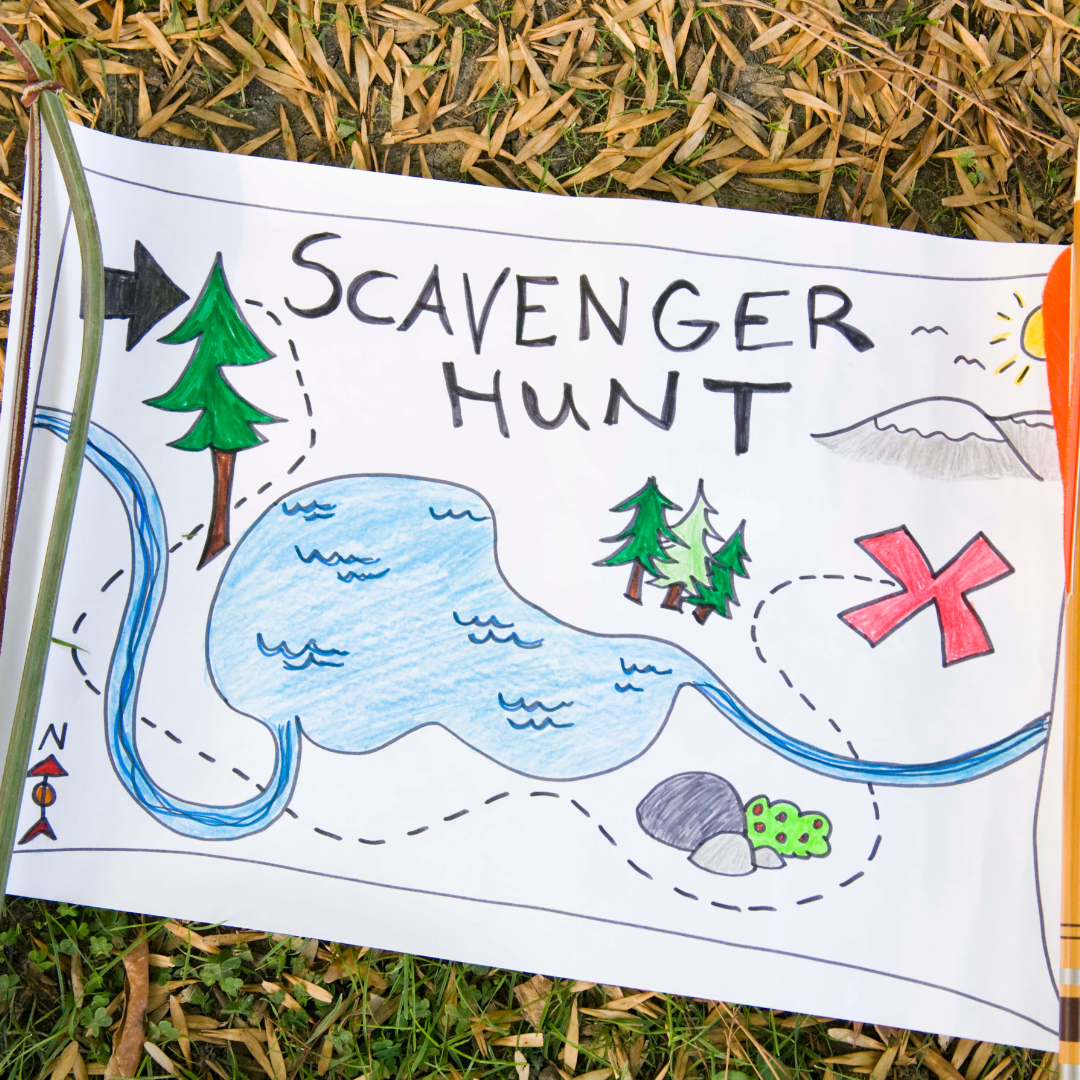
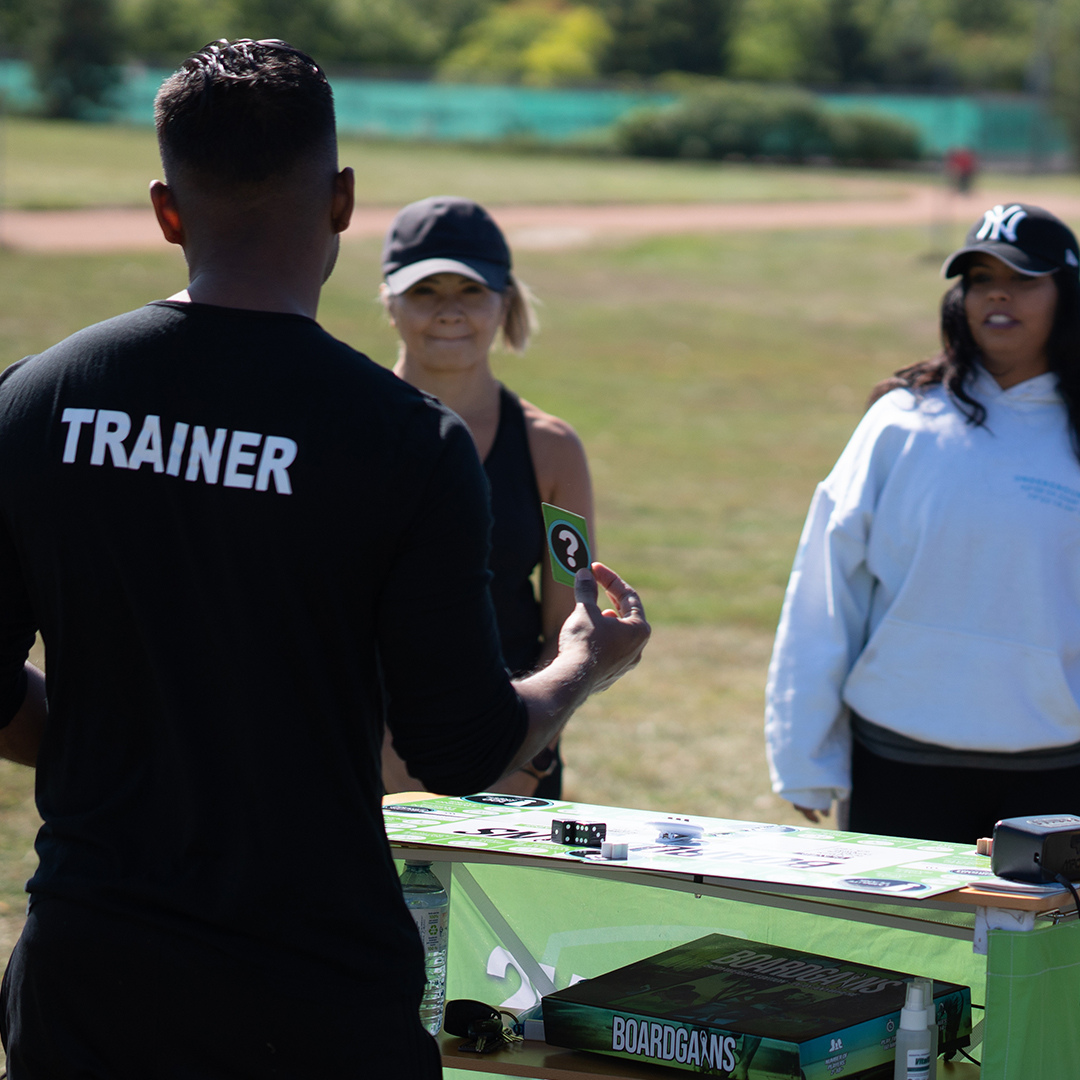

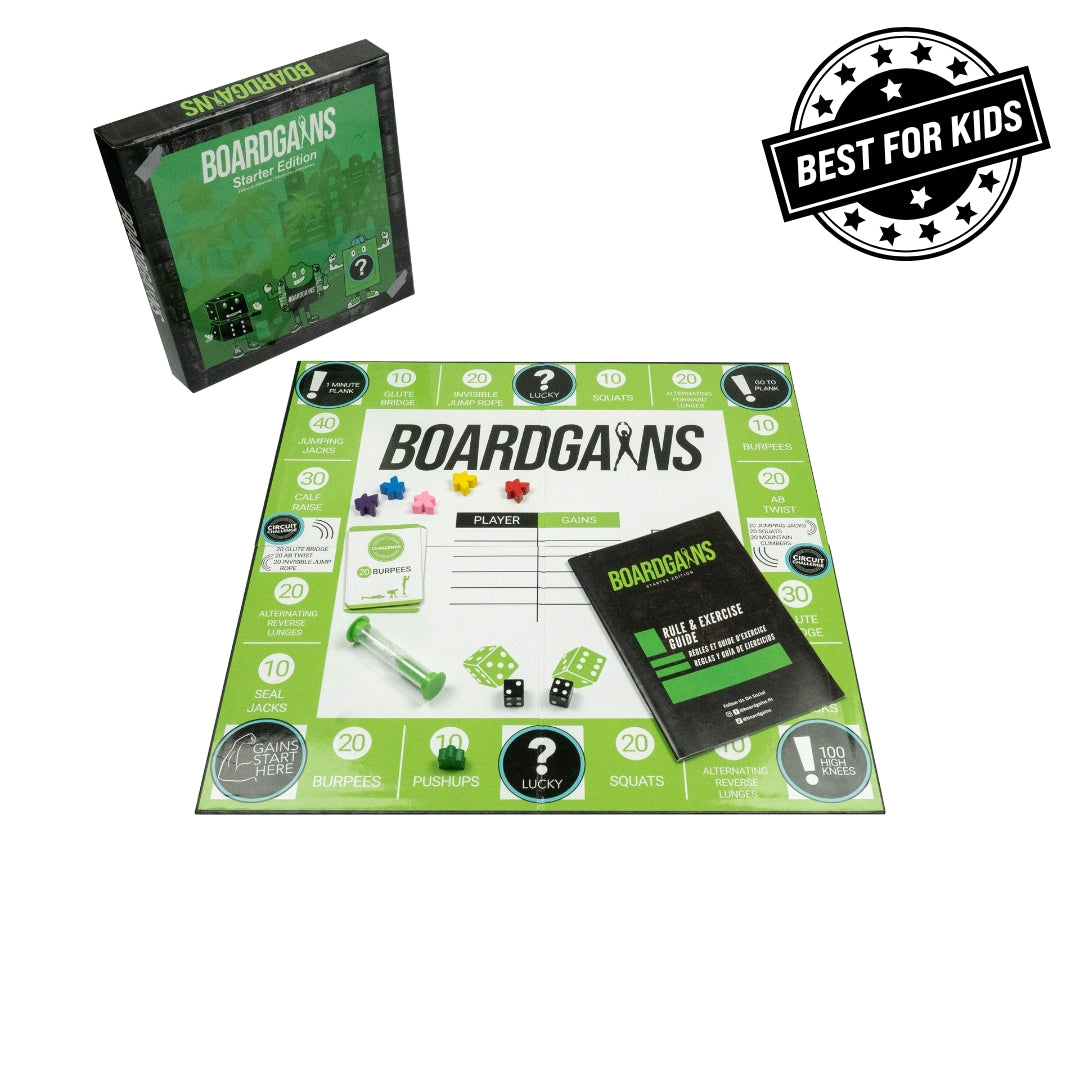
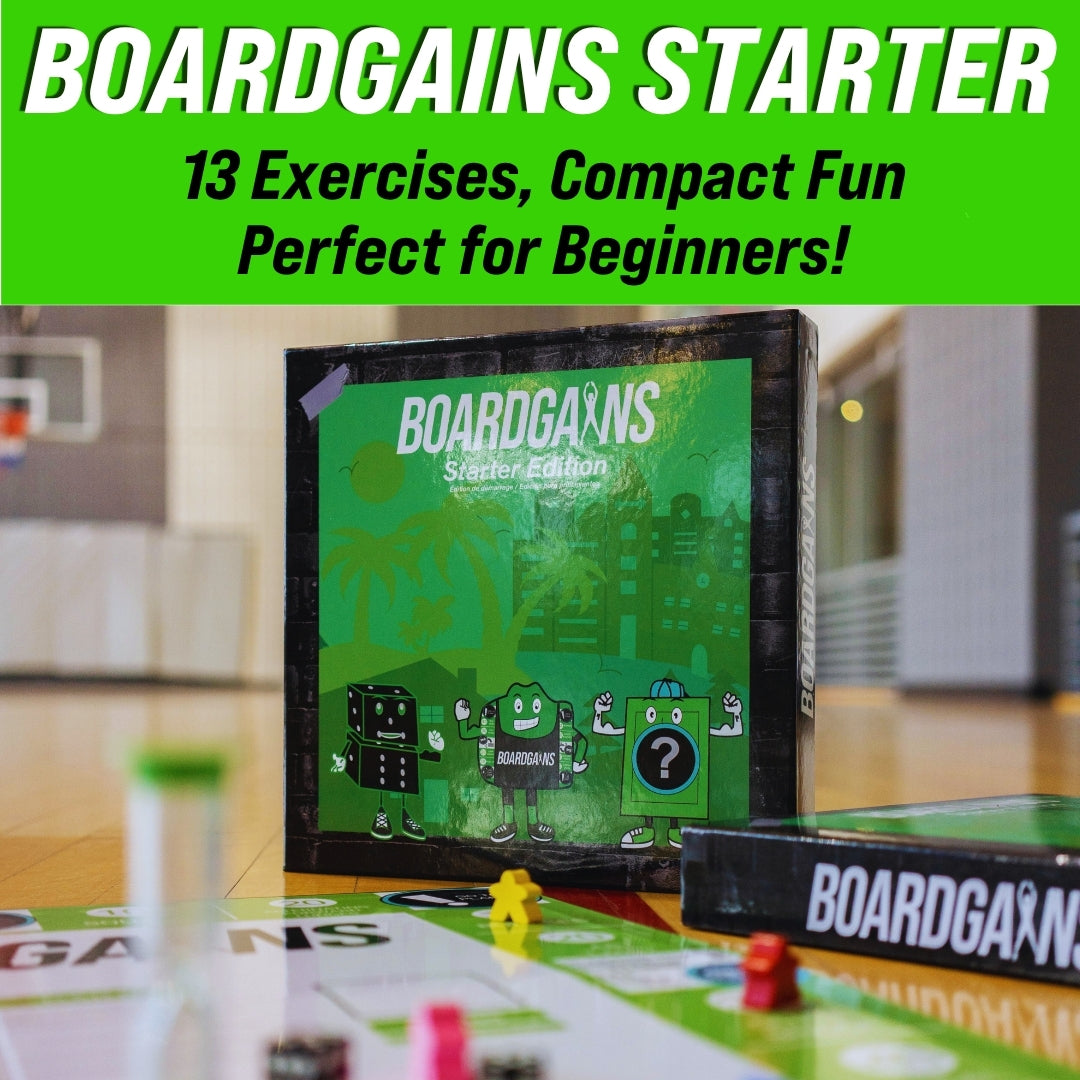
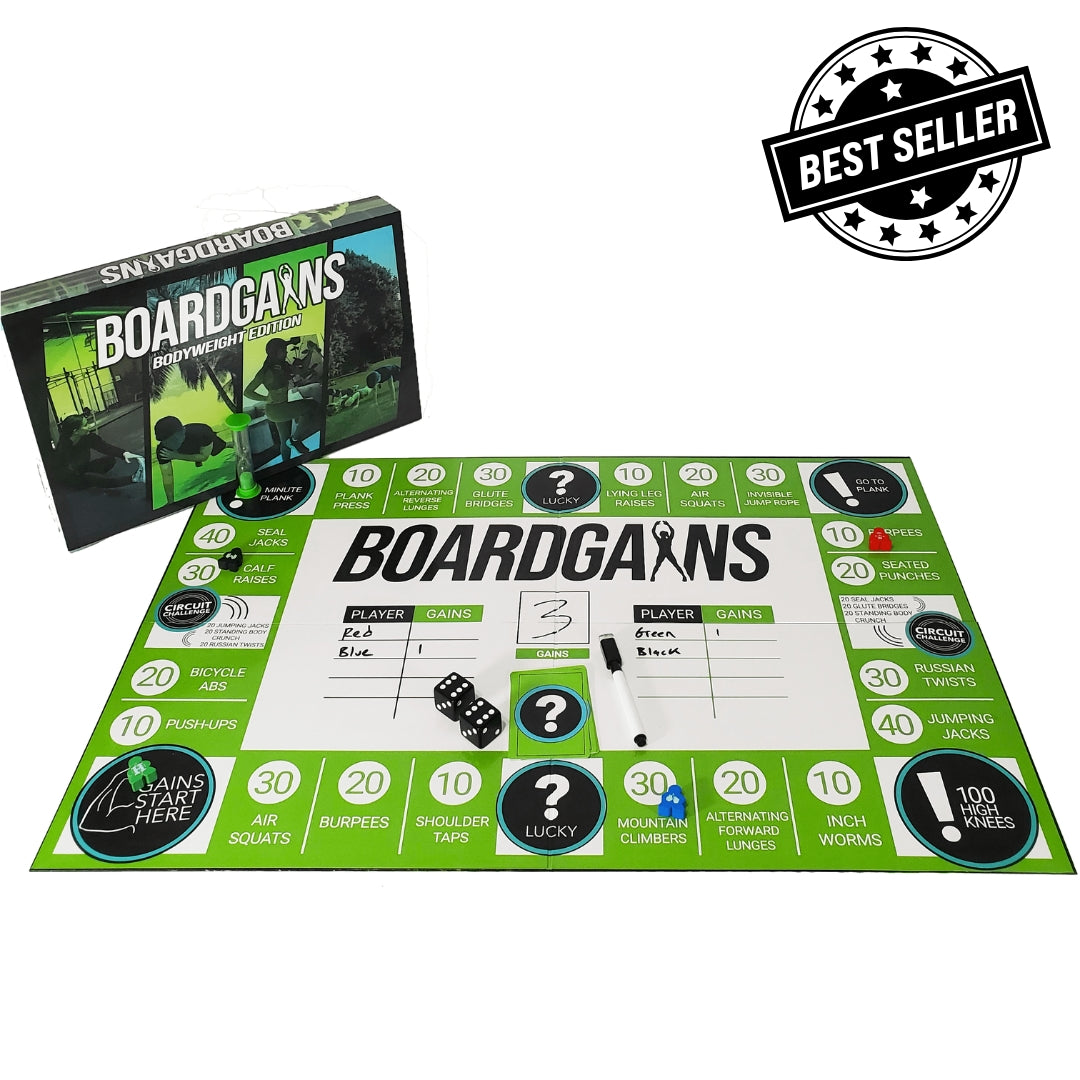

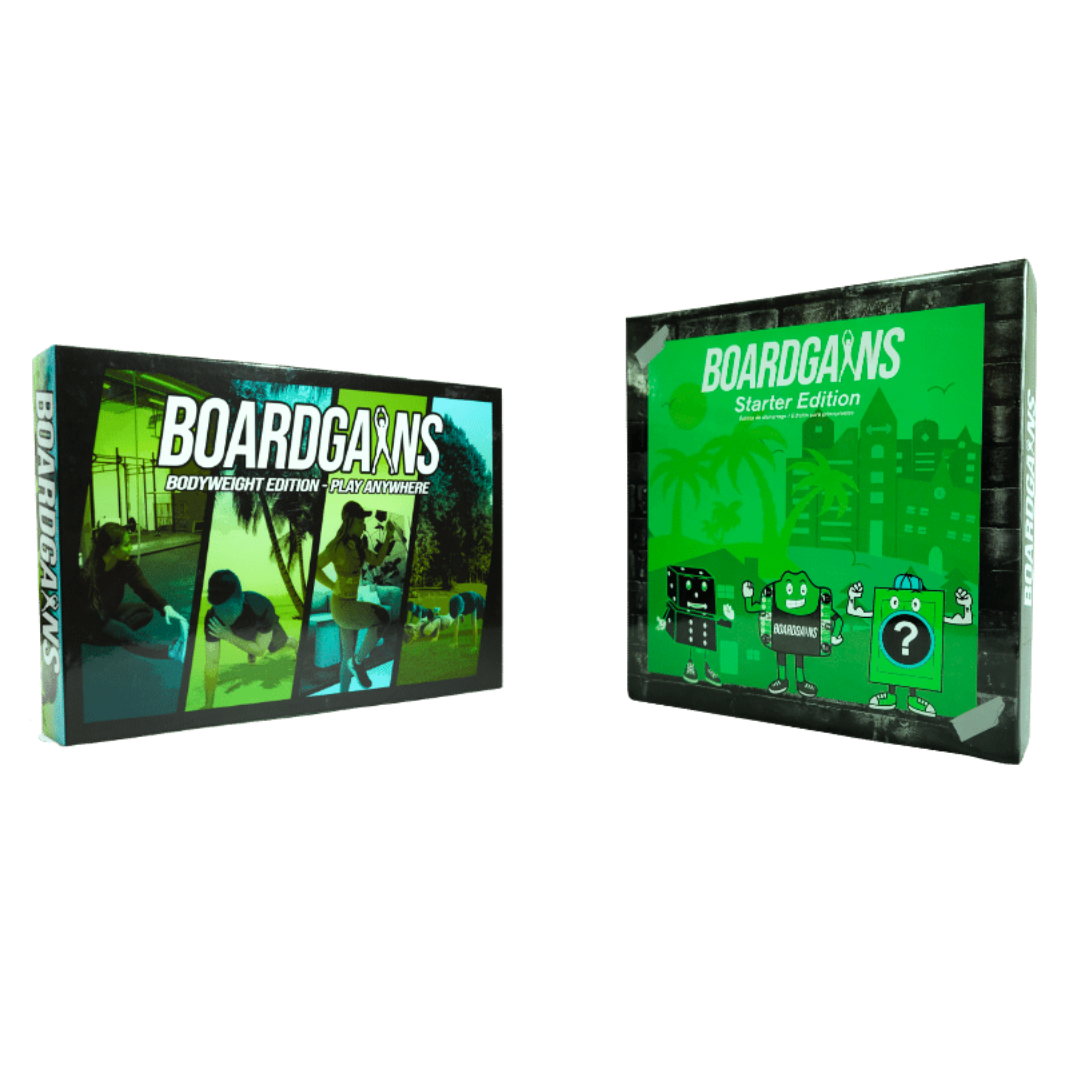
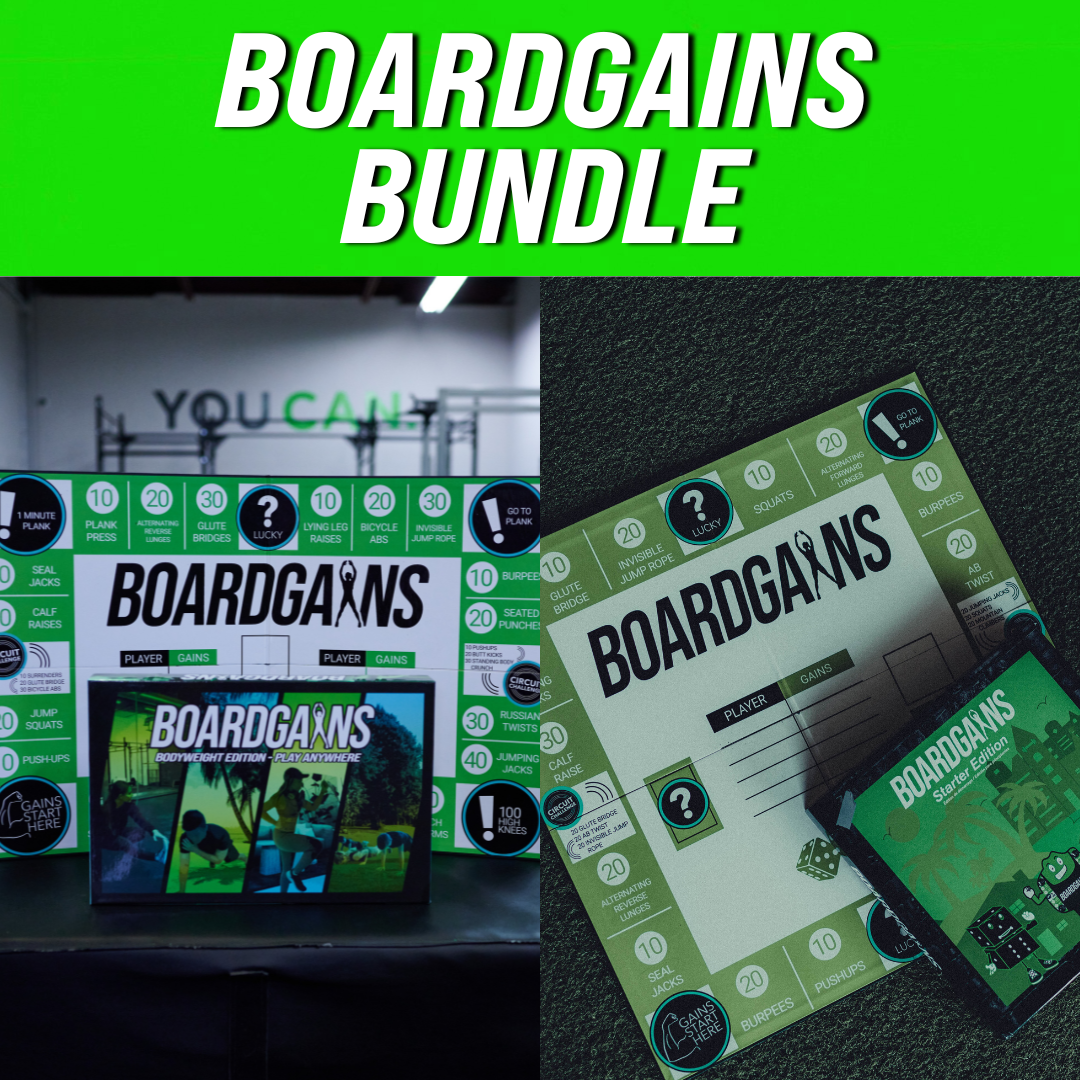
3 comments
jhondue123456
]
jhondue123456
google.com
jhondue123456
https://www.google.com/
Leave a comment
This site is protected by hCaptcha and the hCaptcha Privacy Policy and Terms of Service apply.